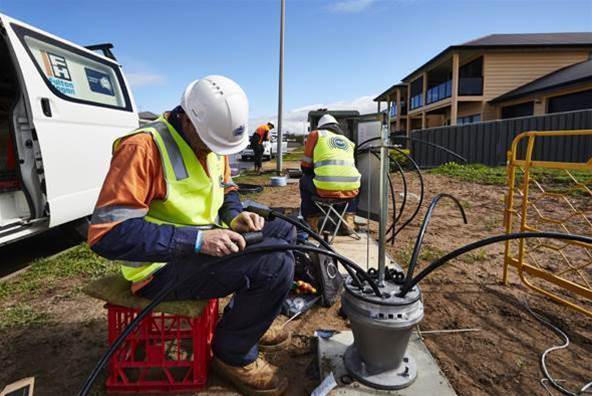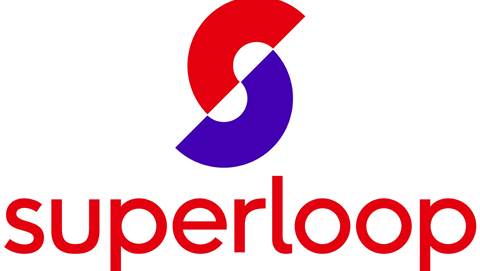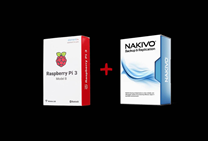Retail service providers are starting to show considerable variances in the minimum peak performance of NBN services, with ranges of up to 18Mbps now being reported.

The numbers are drawn from increased implementations of NBN marketing guidelines released by the ACCC last year.
These guidelines - among other things - require RSPs to clearly identify what customers can expect to experience between 7pm and 11pm.
While the minimum speeds are “typical” and are not considered a guarantee of how a service will perform in the evening peak, there is a gap starting to form between the minimums that different RSPs are quoting.
Importantly, this may be the first indication that an NBN Co CEO Bill Morrow bucket-list item - quality-of-service based competition - is on the horizon.
The major performance gaps are on services on the NBN50 and NBN100 wholesale tiers.
On NBN50 plans - which NBN Co is trying to set as the new standard for its network - there is a 12.8Mbps gap in the speeds being quoted.
For NBN100 plans, the gap is 18Mbps.
The TPG group of RSPs - which includes TPG, iiNet, Internode and Westnet - are quoting the most aggressive minimum peak speeds at the NBN50 tier.
There is major competition at present on the NBN50 tier owing to a temporary price cut by NBN Co.
The TPG group were the first RSPs to leap on the temporary pricing last month, and had quoted typical minimum speeds across the group of 36Mbps.
Yesterday, they raised the minimum speed expectations group-wide to 42.8Mbps, placing them well above rivals.
However, they don’t offer the same unity at the NBN100 tier; there one can expect minimum peak speeds of between 65.9Mbps and 70.8Mbps depending on the brand chosen.
The best “typical” speed on offer at that top tier is 70.8Mbps, which is quoted by both iiNet and Westnet.
It’s worth noting that the minimum or “typical” peak speed bake-offs are still an inexact science because not every RSP has properly implemented the ACCC’s guidance yet.
The Vocus-owned RSPs, for example - iPrimus and Dodo - don’t offer typical speed guidance. Newcomer Vodafone simply lists all speed tiers as “variable” on its website.
By contrast, Optus continues to lead in terms of providing minimum peak speed figures, as well as actual “average” numbers based on quarterly measurements.
The differences in typical peak speeds are a stark contrast to the market six months ago, which NBN boss Bill Morrow characterised as a “land grab” with little regard for service quality.
Updated, 2.48pm AEDT: Aussie Broadband published new typical numbers, which have been added to the table. The numbers mean there is now an 18Mbps gap on the NBN100 tier.























